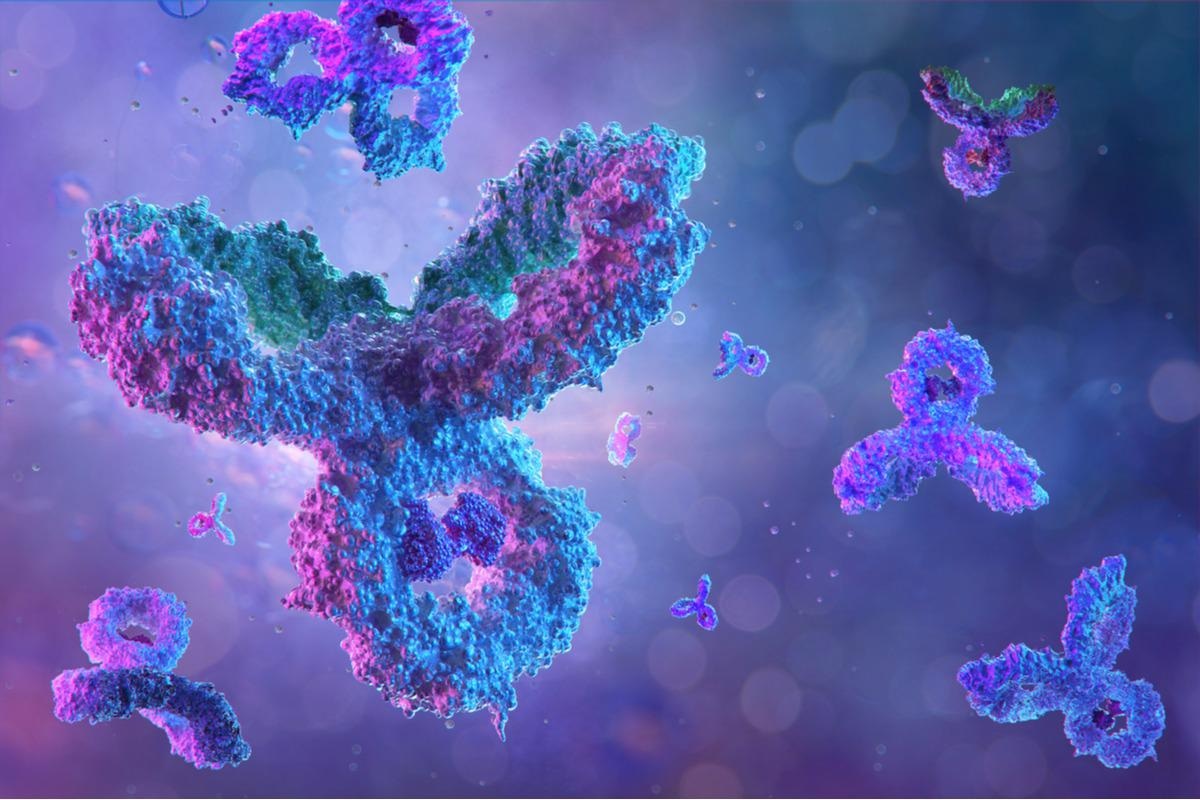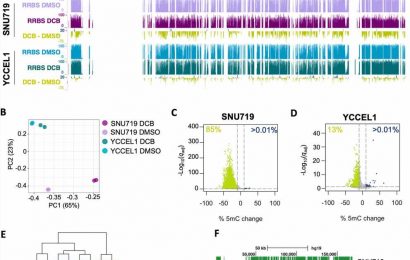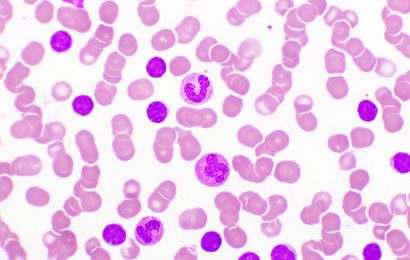In a recently published study on the medRxiv* pre-print server, a team of researchers analyzed differential protein glyco-isoform distributions of symptomatic and asymptomatic coronavirus disease 2019 (COVID-19) patients.
 Study: Differential Peripheral Blood Glycoprotein Profiles in Symptomatic and Asymptomatic COVID-19. Image Credit: Corona Borealis Studio/Shutterstock
Study: Differential Peripheral Blood Glycoprotein Profiles in Symptomatic and Asymptomatic COVID-19. Image Credit: Corona Borealis Studio/Shutterstock
Several biomarkers, including interleukin 6 (IL-6) and C-reactive protein (CRP), have been studied for their potential to predict a more or less severe clinical course of COVID-19, but so far none have proven fully effective in managing COVID-19-infected patients. Overall, there is considerable heterogeneity across studies reporting the outcomes observed with COVID-19. Moreover, several studies in the past have interrogated plasma glycoprotein isoforms in the context of severe bacterial sepsis, but none have discussed similar changes in the context of COVID-19.
About the study
The present study analyzed the differential protein glycosylation profiles of severely ill and asymptomatic COVID-19 patients. For additional reference and to observe the contrast between two systemic inflammatory syndromes, the study also analyzed glycoproteome profiles of individuals with bacterial sepsis.
The researchers analyzed a total of 597 unique biomarkers, of which 531 were abundant serum glycopeptides (concentrations of >10 µg/ml) and 66 were non-glycosylated peptides. A total of 72 samples, including 50 (39 serum, 11 plasma) from patients hospitalized with PCR-confirmed severe symptomatic COVID-19 and 22 serum samples from individuals with no history of symptomatic COVID-19 illness were analyzed during the study. Of the 72 COVID-19 patients, symptomatic COVID-19 patients were on average 10 years older than asymptomatic COVID-19 subjects, and 25 were male. Sepsis patients were on average, 66.5 years old and 11 of the 16 were male.
For additional reference, samples from 12 individuals with a history of infection with a common cold coronavirus, 16 individuals with bacterial sepsis, and 15 healthy subjects with no prior exposure to severe acute respiratory syndrome coronavirus 2 (SARS-CoV-2) were also analyzed.
The authors used a glycoprotein profiling technology platform that coupled liquid chromatography (LC) and mass spectrometry (MS) for the analyses. This enabled them to accurately identify and quantify glycoproteomic signatures highly predictive of a range of clinical conditions.
Results
The analysis revealed statistically different glycoprotein profiles, at a false discovery rate (FDR) <0.05, between symptomatic and asymptomatic COVID-19 patients. Of the 597 peptides and glycopeptides studied, 374 were abundant in symptomatic COVID-19 patients. It is worth noting here that differences of any biomarker were considered statistically significant if they satisfied an FDR of less than 0.05 among phenotype groups compared.
The respective principal component analysis and heatmaps of glycoprotein abundance profiles of symptomatic COVID-19 and sepsis patients showed striking similarities. A subset of 34 glycoforms differentiated symptomatic COVID-19 and sepsis patients from other samples, thus representing a unique signature of symptomatic COVID-19.
Among symptomatic COVID-19 cases and sepsis patients, 101 glycopeptide and peptide biomarkers were statistically significantly abundant. Of these 101 biomarkers, 65 were higher and 36 were lower in abundance in COVID-19 patients, compared to sepsis patients, indicating the distinctive attributes of the two phenotypes. Of the total 66 non-glycosylated peptides assayed during the study, 25 were statistically significantly downregulated in both symptomatic COVID-19 and sepsis with FDR of less than 0.05. The analysis also showed that the APOC3 peptide, GWVTDGFSSLK, was slightly decreased in septic patients, compared to healthy controls; however, with a fold change of 0.956 and FDR of 0.903, it did not reach statistical significance.
In sepsis and COVID-19, several anti-inflammatory mediators such as tumor necrosis factor-α (TNF-α), interleukin-1β (IL-1β), IL-6, and monocyte chemoattractant protein 1 (MCP1) are released. This is followed by a rise in the levels of several acute-phase proteins such as procalcitonin, calprotectin, proadrenomedullin, pentraxin-3, and CRP.
The bioinformatic analysis highlighted the activation of the complement cascade and other pathways involved with acute phase response signaling and the coagulation system in samples of symptomatic COVID-19 patients. The results showed many statistically significantly altered members of the complement cascade pathway, including C3, C5, and C6, crucial in mediating immune response to SARS-CoV-2 infection. The changes in acute-phase proteins and anti-inflammatory mediators, such as the IL-6 cytokine, indicated a correlation with COVID-19-infection and the risk of respiratory failure.
Notably, the analysis could not sufficiently quantify or statistically assess the associations of symptomatic COVID-19 and sepsis severity with both hyper-sialylation and hyper-fucosylation of glycopeptides in the absence of larger within-group sample sizes.
Conclusions
The study findings demonstrated that most of the observed glycoprotein modifications were generic and hence shared among symptomatic COVID-19 and sepsis patients. However, some glyco-isoform changes were either specific to severe COVID-19 infection or indicated a predisposition towards developing severe illness.
To conclude, the study findings reiterated the value of glycoproteomic biomarkers in the clinical management of all acute infectious conditions including COVID-19.
*Important notice
medRxiv publishes preliminary scientific reports that are not peer-reviewed and, therefore, should not be regarded as conclusive, guide clinical practice/health-related behavior, or treated as established information.
- Chad Pickering, et al. (2022). Differential Peripheral Blood Glycoprotein Profiles in Symptomatic and Asymptomatic COVID-19. medRxiv. doi: https://doi.org/10.1101/2022.01.07.21267956 https://www.medrxiv.org/content/10.1101/2022.01.07.21267956v1
Posted in: Cell Biology | Medical Science News | Medical Research News
Tags: Anti-Inflammatory, Biomarker, Blood, Chromatography, Cold, Common Cold, Coronavirus, Coronavirus Disease COVID-19, covid-19, C-Reactive Protein, Cytokine, Glycoprotein, Glycosylation, Immune Response, Interleukin, Liquid Chromatography, Mass Spectrometry, Monocyte, Necrosis, Peptides, Phenotype, Procalcitonin, Protein, Respiratory, SARS, SARS-CoV-2, Sepsis, Severe Acute Respiratory, Severe Acute Respiratory Syndrome, Spectrometry, Syndrome, Tumor, Tumor Necrosis Factor

Written by
Neha Mathur
Neha Mathur has a Master’s degree in Biotechnology and extensive experience in digital marketing. She is passionate about reading and music. When she is not working, Neha likes to cook and travel.
Source: Read Full Article


